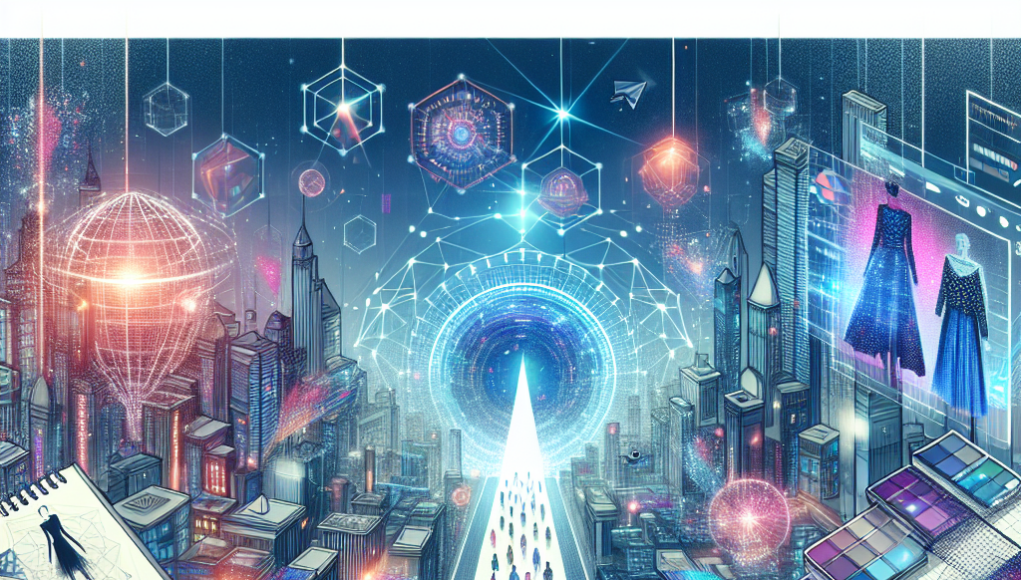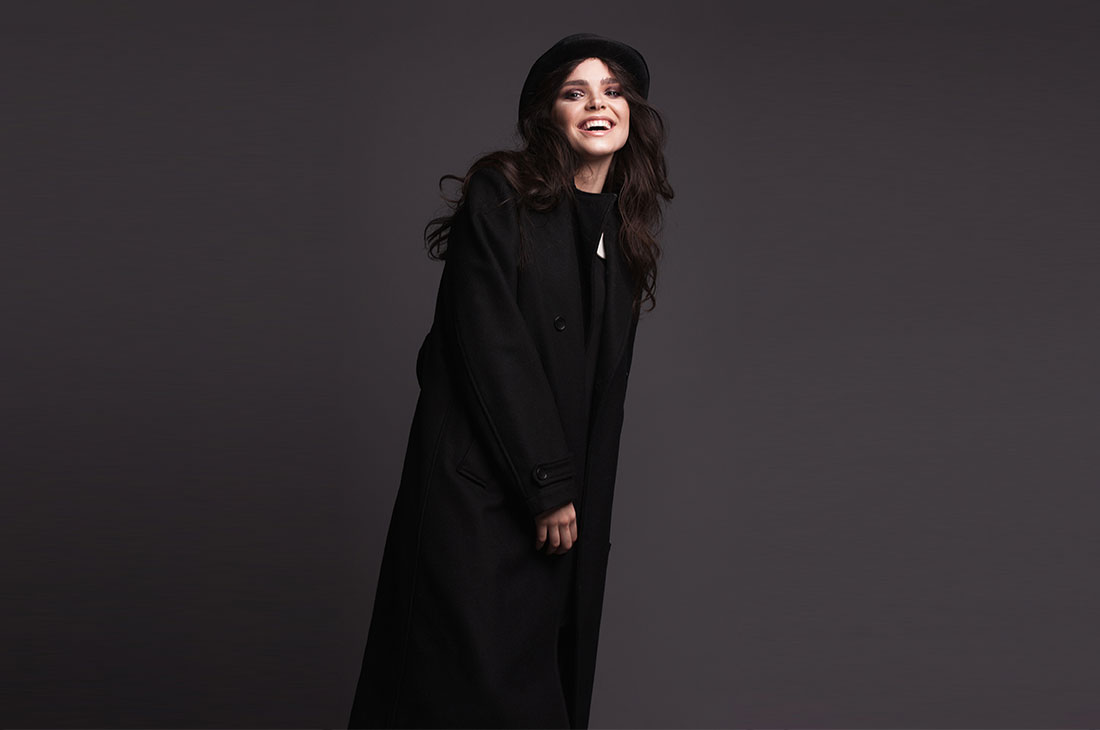In the rapidly evolving world of fashion, where trends shift as swiftly as the seasons, the intersection of technology and fashion has ushered in a groundbreaking transformation. The Metaverse Fashion Week (MVFW) is at the forefront of this digital revolution, redefining the way fashion shows are conceptualized, presented, and experienced. This article delves into the intricacies of MVFW, exploring its technological underpinnings and its profound impact on the broader fashion industry.
Introduction to MVFW: A Digital Fashion Revolution
In recent years, the fashion industry has witnessed a seismic shift with the advent of digital technologies. The Metaverse Fashion Week (MVFW) has emerged as a pivotal event in this transformation, offering a virtual platform that transcends the limitations of traditional fashion shows. Unlike conventional runway events, MVFW takes place entirely in the digital realm, offering a fully immersive experience that is accessible to a global audience. This new format not only democratizes access to fashion but also allows designers to push the boundaries of creativity in ways previously unimaginable.
The origins of MVFW can be traced back to the growing popularity of virtual spaces and digital interactions. As consumers increasingly engage with brands through online platforms, the fashion industry has had to adapt to these changing dynamics. MVFW represents a response to this shift, providing a space where fashion enthusiasts, designers, and brands can converge without the constraints of physical location. This virtual fashion week is not just a temporary trend but a glimpse into the future of fashion showcases.
One of the most compelling aspects of MVFW is its ability to create a sense of community and inclusivity. In traditional fashion weeks, access is often limited to industry insiders and celebrities. In contrast, MVFW opens its virtual doors to anyone with an internet connection, allowing a diverse range of individuals to participate and engage with the latest fashion trends. This inclusivity is a testament to the transformative power of digital platforms in breaking down barriers and fostering a more connected global community.
MVFW also provides a unique opportunity for emerging designers to showcase their talent on an international stage. In a traditional setting, securing a spot in a major fashion week can be both costly and competitive. However, the digital nature of MVFW levels the playing field, enabling new and upcoming designers to present their collections alongside established names. This democratization of fashion not only promotes diversity but also encourages innovation and experimentation within the industry.
Furthermore, MVFW challenges the conventional notions of fashion by embracing sustainability and ethical practices. The digital format significantly reduces the environmental impact associated with physical fashion shows, such as travel, waste, and resource consumption. This shift towards more sustainable practices aligns with the growing consumer demand for environmentally conscious fashion, positioning MVFW as a trailblazer in promoting responsible industry practices.
As the concept of MVFW continues to evolve, it is clear that this digital fashion revolution is here to stay. While it may not completely replace traditional fashion shows, MVFW offers a complementary platform that enhances the overall fashion experience. By bridging the gap between technology and creativity, MVFW is setting the stage for a new era in fashion, where innovation knows no bounds.
The Technological Backbone of MVFW Shows
The success of MVFW hinges on a sophisticated technological infrastructure that enables seamless virtual experiences. At the core of this digital fashion revolution is the use of advanced virtual reality (VR) and augmented reality (AR) technologies. These tools allow designers to create immersive environments and interactive elements that captivate audiences and bring their collections to life in unprecedented ways. Through VR headsets or even standard web browsers, viewers can explore intricate 3D fashion worlds, interact with digital garments, and witness fashion shows from any angle.
Blockchain technology plays a crucial role in the technological backbone of MVFW. By leveraging blockchain, designers can ensure the authenticity and provenance of digital fashion items, addressing issues of copyright and intellectual property. This technology also facilitates the creation and trading of non-fungible tokens (NFTs), which have become a popular medium for buying and selling digital fashion pieces. NFTs offer a new revenue stream for designers, allowing them to monetize their digital creations and engage with a tech-savvy audience.
The integration of artificial intelligence (AI) further enhances the MVFW experience by personalizing interactions and providing data-driven insights. AI algorithms can analyze viewer preferences, enabling designers to tailor their presentations and marketing strategies to better resonate with their audience. Additionally, AI-driven tools can assist in the design process itself, offering suggestions for patterns, colors, and styles based on current trends and consumer feedback. This fusion of creativity and technology empowers designers to push the boundaries of innovation.
Cloud computing is another critical component that supports the scalability and accessibility of MVFW. By hosting virtual fashion shows on cloud platforms, organizers can ensure that the events are accessible to a global audience without the limitations of physical infrastructure. This scalability allows for a virtually unlimited number of participants, ensuring that MVFW can accommodate the growing interest in digital fashion experiences. Moreover, cloud-based solutions provide the flexibility to adapt and evolve the platform as technology advances.
The use of social media and live streaming platforms further amplifies the reach and impact of MVFW. By leveraging these channels, fashion brands and designers can engage with audiences in real-time, fostering a sense of immediacy and connection. Social media platforms also serve as a valuable marketing tool, allowing brands to reach a wider audience and generate buzz around their collections. The interactive nature of these platforms encourages viewer participation, making the fashion experience more dynamic and engaging.
As technology continues to evolve, the potential for MVFW to innovate and redefine the fashion landscape is boundless. From virtual fitting rooms to AI-driven fashion assistants, the possibilities are endless. The technological backbone of MVFW not only enhances the current fashion experience but also sets the stage for future advancements that will continue to blur the lines between the physical and digital worlds. This convergence of fashion and technology is paving the way for a new era of creativity and accessibility.
MVFW’s Impact on the Fashion Industry Landscape
The advent of MVFW has had a profound impact on the fashion industry, reshaping its landscape in multiple ways. One of the most significant changes is the shift in consumer behavior and expectations. As audiences become more accustomed to virtual fashion experiences, there is an increasing demand for innovative and interactive presentations. This shift challenges traditional fashion brands to adapt their strategies and embrace digital technologies to remain relevant in a competitive market.
MVFW has also influenced the way fashion brands approach marketing and engagement. With the rise of digital platforms, brands can reach a global audience with unprecedented ease. This has led to a reevaluation of marketing strategies, with an increased focus on digital content, social media presence, and influencer collaborations. The ability to connect with consumers in real-time and gather valuable data insights allows brands to tailor their offerings and build stronger relationships with their audience.
The digital nature of MVFW has opened up new opportunities for collaboration and cross-industry partnerships. Fashion brands are increasingly partnering with tech companies, gaming platforms, and digital artists to create unique and immersive experiences. These collaborations not only enhance the fashion experience but also introduce fashion to new audiences and markets. The convergence of fashion, technology, and entertainment is creating a dynamic ecosystem that fosters innovation and creativity.
MVFW has also sparked conversations around sustainability and ethical practices in the fashion industry. The digital format significantly reduces the environmental impact associated with traditional fashion shows, aligning with the growing consumer demand for eco-friendly practices. This shift towards sustainability is encouraging brands to rethink their production processes and adopt more responsible approaches. By championing sustainable practices, MVFW is influencing the industry to prioritize environmental and social responsibility.
The rise of digital fashion through MVFW is also challenging traditional notions of ownership and consumption. With the introduction of digital fashion items and NFTs, consumers are exploring new ways to express their style and identity. This shift is prompting a reevaluation of the concept of fashion ownership, as digital garments offer versatile and customizable options. The ability to own and trade virtual fashion pieces is reshaping consumer perceptions and opening up new avenues for self-expression.
As MVFW continues to evolve, its impact on the fashion industry is likely to grow. The digital revolution it represents is not just a trend but a fundamental shift that is redefining the way fashion is created, consumed, and experienced. By embracing technology and innovation, MVFW is setting a new standard for the fashion industry, one that is more inclusive, sustainable, and dynamic. The future of fashion lies at the intersection of creativity and technology, and MVFW is leading the way.
The emergence of MVFW marks a pivotal moment in the fashion industry’s evolution, highlighting the transformative power of digital innovation. As we navigate this new era of fashion, the possibilities for creativity, inclusivity, and sustainability are boundless. MVFW not only challenges traditional norms but also sets a precedent for the future of fashion shows. As technology continues to advance, the fusion of fashion and the digital world will undoubtedly lead to even greater innovations, redefining the fashion landscape for generations to come.










